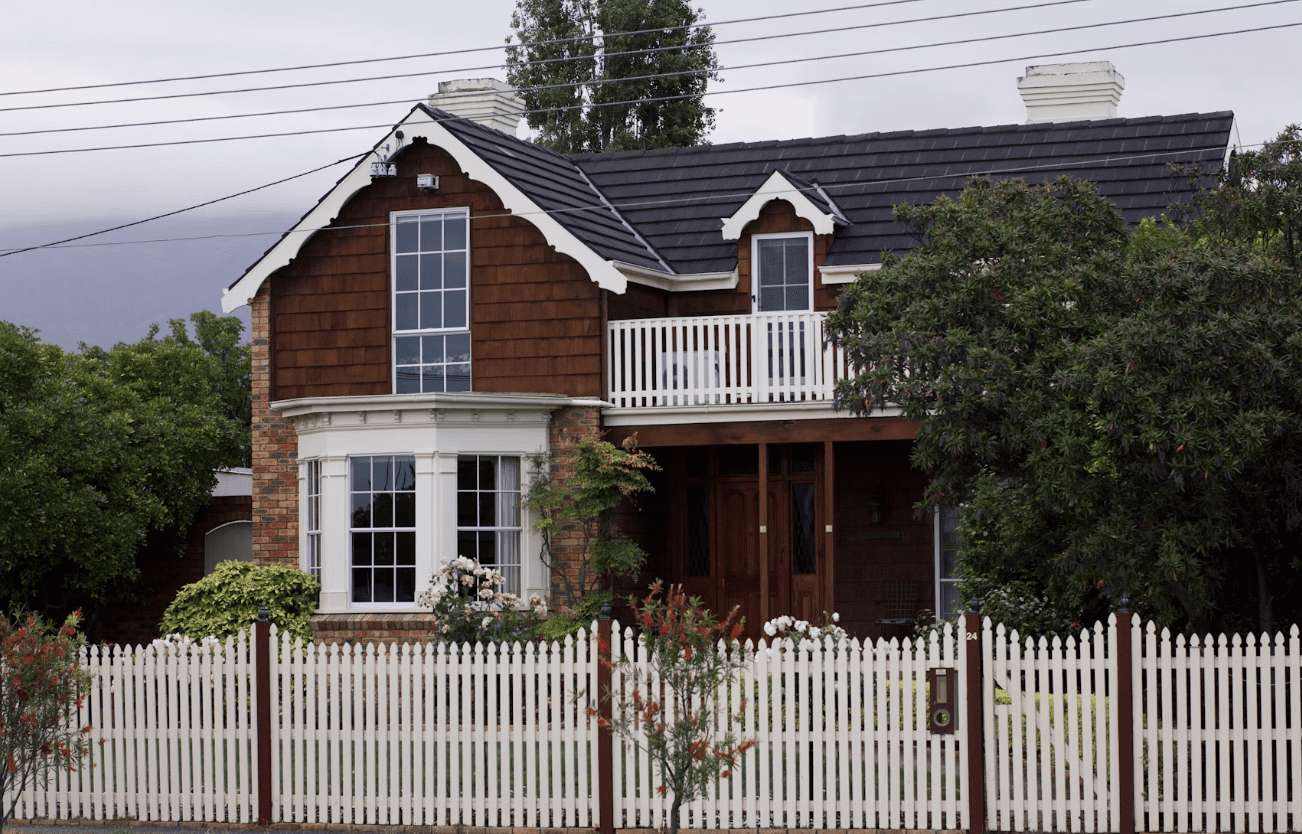Heritage home renovation in Australia is a comprehensive process that combines design, preservation, and compliance from the outset.
Transforming these properties into functional and modern spaces means understanding the complex legal regulations to ensure you are preserving their original infrastructure with any changes you make. Regardless of whether you are a homeowner or an investor, understanding the rules and possibilities can save you a significant amount of time, money and frustration.
Understanding heritage protection laws in Australia
Australia maintains its registry and standards for heritage protection, which are implemented at various levels of governance. Listings for properties can be found within the following parameters:
- Local heritage (managed by councils).
- State heritage (overseen by bodies like Heritage Victoria).
- National Heritage (rare, reserved for landmarks of national importance).
Legal requirements for renovations
Multiple layers of protection can be applied to properties, so it is essential to understand which regulations apply to yours.
Development approval process
Property owners should obtain all necessary developmental approvals before beginning any renovations. Architectural plans and heritage impact studies are typically required for heritage development applications when renovating properties that are listed on the heritage register. Heritage officers examine change proposals and evaluate them against conservation management plans during the approval process.
Heritage impact statements
Most heritage renovation work requires a complete heritage impact statement, which qualified heritage consultants must write. Impact statements assess the effects of the proposed work on the historic fabric and cultural value of the property.
A well-prepared DA includes:
- Heritage impact statements.
- Detailed design plans.
- Justifications for proposed changes.
For official guidelines, refer to the Australian Heritage Council’s resources.
Navigating renovation challenges
Renovating a heritage home presents unique complexities that extend beyond standard building projects. From preserving original character to meeting modern safety codes, each step requires careful planning and specialized expertise. Below are some of the most common challenges homeowners face during heritage renovations, along with effective approaches to address them.
Structural modifications
Heritage homes often require structural modifications to comply with current building regulations. To protect their critical historical features, these changes need to be carefully planned.
Modern amenities integration
Planning is typically essential before installing modern infrastructure, such as HVAC, electrical, and plumbing systems. This ensures that these modifications meet both historical and contemporary standards. Successful instances of integration commonly involve arranging fireplaces, heating and cooling ducts, electrical wiring, or plumbing in a manner that minimises the impact on essential components of a historic property.
Working with heritage professionals
The success of heritage renovations depends on collaborating with experts who understand legal requirements and conservation regulations. Heritage house renovation extension specialists like Room Four can offer expert guidance at every stage of the designing and building process.
Professionals collaborate with local governments, architects, and historical consultants to ensure the project’s successful completion as per the heritage protection laws.
Documentation and record keeping
Exact descriptions of the current state and the suggested modifications are necessary for heritage renovations. This includes architectural drawings, material specifications, and thorough photographic documentation of every detail.
Smart design strategies
- Sympathetic extensions: Use materials and proportions that complement the existing structure.
- Reversible changes: Use modular interiors that can be updated without harming any heritage fabric
Modern functionality is often hidden behind outdated covers in modern systems, such as air conditioning (AC).
Cost considerations and financial planning
Heritage renovations can be more expensive than standard renovations because they require specific materials, methods, and permits. There may also be government incentives and grants available to assist. Information about funding opportunities for heritage preservation can be found on the National Trust of Australia website.
Government grants and incentives
Financial assistance for heritage restorations is offered by numerous states and councils, including:
- Heritage restoration grants (covering part of the renovation costs).
- Rate reductions (for maintaining heritage-listed properties).Tax incentives (for approved conservation work).
Long-term value
As buyers typically value the combination of preserved historic charm and modern quality of life (or function), it can significantly increase the value of a property. Apart from the financial benefit, restoring existing structures is also a sustainable option. It not only conserves the energy contained in current materials but also avoids waste generated from demolition.
In Australia, restoring a heritage home requires dedication, expertise, and an understanding of how to honour the past. This process often yields a highly satisfying end product.



































